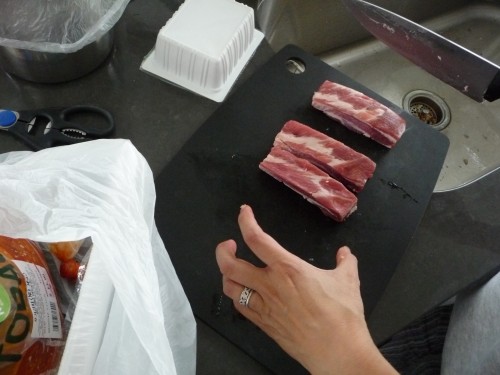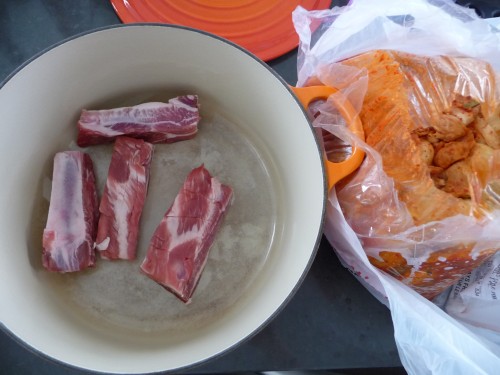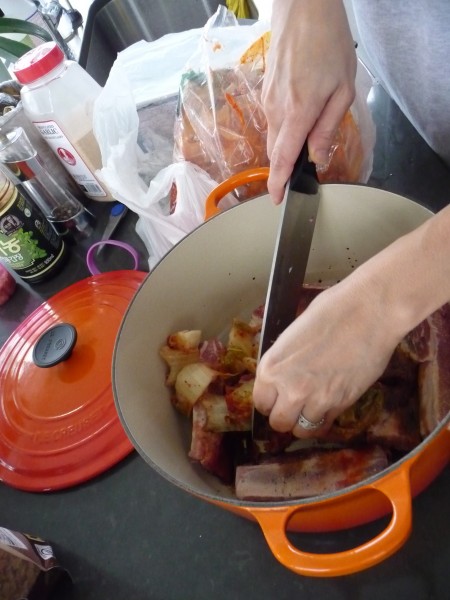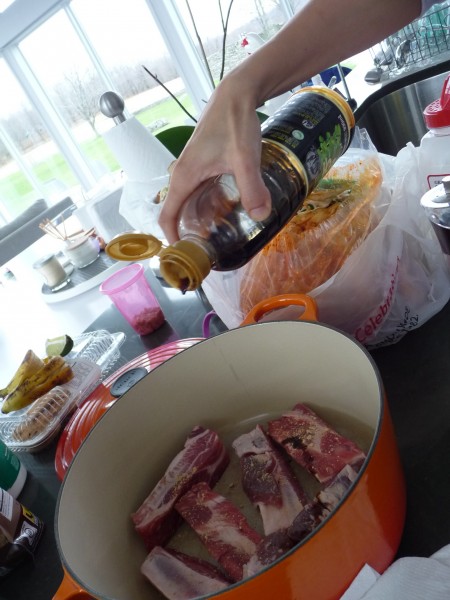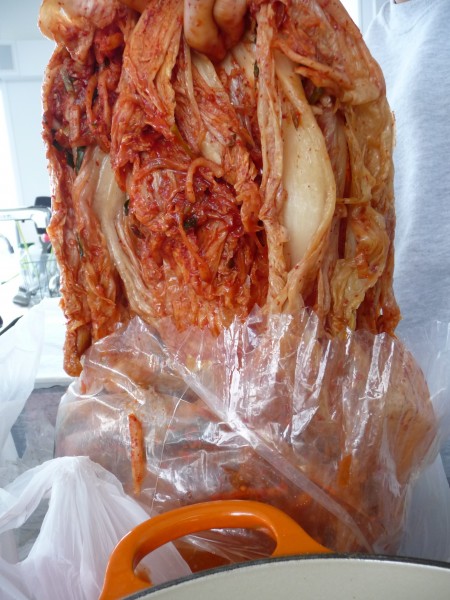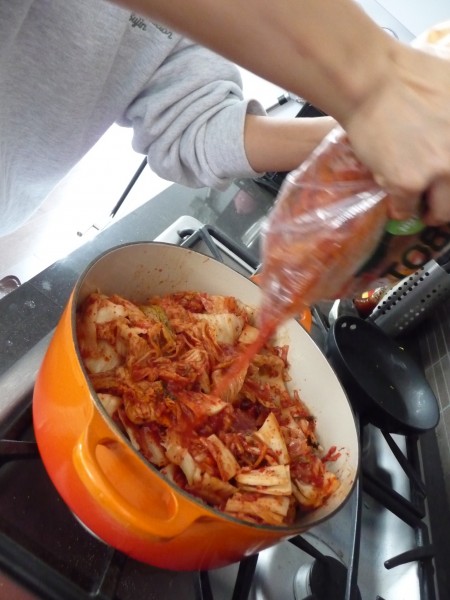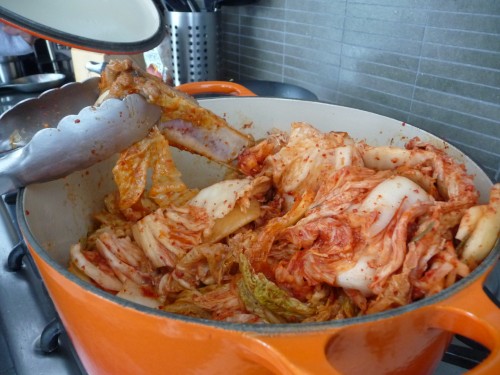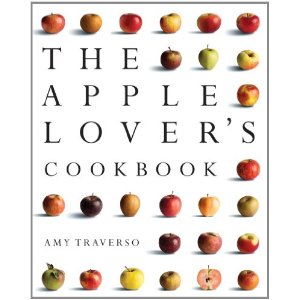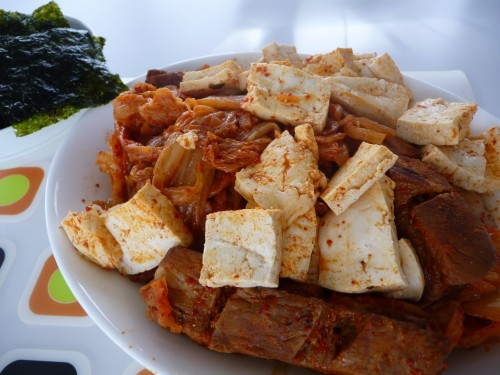 I probably don’t have to tell you that last week, a good swath of the northeast seaboard was hit by a weather phenom now known as Superstorm Sandy. Since my family resides in America’s new hurricane hotspot— New Jersey—we had a good dose of nasty Miss Sandy. There’s nothing like huddling up with your family in a dark living room at 1 o’clock in the morning, listening to 90 mph gusts of wind, and wondering if the 100 year old beech tree in the front yard will decide to throw in the towel and fall on the house.
I probably don’t have to tell you that last week, a good swath of the northeast seaboard was hit by a weather phenom now known as Superstorm Sandy. Since my family resides in America’s new hurricane hotspot— New Jersey—we had a good dose of nasty Miss Sandy. There’s nothing like huddling up with your family in a dark living room at 1 o’clock in the morning, listening to 90 mph gusts of wind, and wondering if the 100 year old beech tree in the front yard will decide to throw in the towel and fall on the house.
We were much luckier than many, many people, but we did lose power and hot water for close to 10 days. I’d like to say that I was hardcore during this time, chopping firewood and hunting game to feed my family. I’d like to say that. But our situation involved a lot of huddling around the radio and eating Doritos (I highly recommend the Spicy Thai variety).
On day 6 of no-power, I experienced my first nervous breakdown. I was standing in the middle of my frigid kitchen when I had, what me and my buddy Leslie call, the Broadcast News cry (if you don’t know what this is, rent Broadcast News immediately, and then watch the amazing Holly Hunter sob every morning before work). I was feeling very sorry for myself and my family, and then a miracle happened: My Korean fairy godmother–Sujin–invited my entire family, even the dog, to her home in beautiful, rural, sanity-restoring Pennsylvania. One of the best parts of our stay among many was that I got to eat home-cooked Korean food. In particular, my new favorite dish: Kimchi Jigae! (Yes, you should always say it with an exclamation point because it is very exciting and delicious.)
Sujin’s version of this classic Korean stew has pork spareribs, kimchi (fermented, red chili coated napa cabbage, otherwise known as kim chee), and squares of firm tofu, served with brown rice and sheets of roasted seaweed. If there has ever been a better dish for eating while you’re squatting in someone’s home in the aftermath of a natural disaster, then I don’t know what it is.
To make the jigae, Sujin first separated the ribs and cut deep slashes in the meat so that they could better absorb the flavor of the cooking juices.
One of the brilliant things about this dish is that it’s completely a one-pot meal. Sujin even cuts the meat inside of the Dutch oven, layering all of the other ingredients directly on top.
After cutting the ribs, Sujin added ginger (normally it would be freshly grated, but since we were in storm-pantry mode, we used dried instead). Then soy sauce (no measuring, just eye-balling, about 1/4 cup).
Next add the sea monster… I mean the kimchi!
In what I consider a fair-cheat, Sujin used a batch she had bought from her favorite Korean market, rather than make her own. If you haven’t had kimchi before, I know it looks a little…intimidating. But trust me, if you like anything vinegary and a little but spicy, it’s addictive (and an excellent digestive!).
Next, Sujin added the accumulated kimchi brine to the pot, acting as a sort of braising liquid (although this is completely cooked on the stove top, not in the oven).
The pot is covered and then everything is brought to a boil before lowering the heat to a medium and simmering the stew for 45-60 minutes, periodically opening the lid and moving things around so that everything is cooked evenly.
Add the tofu squares to the top of the stew for the last 5-10 minutes of cooking so they warm through and meld with all the flavors.
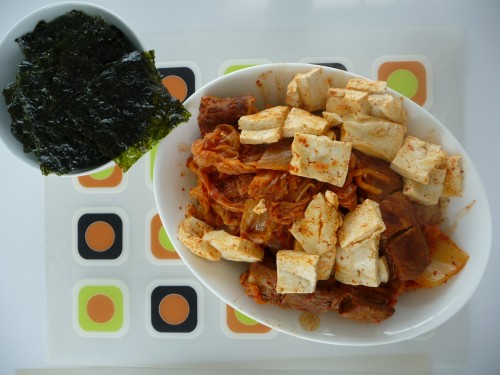 Here is the final deliciousness. I ate mine thusly: a seaweed square topped with some brown rice, a little kimchi, a piece of pork, a square of tofu, and the cooking juice drizzled on top. Like a little Korean taco. With a cold beer (yes, we drank beer for lunch, it was a natural disaster!), the meal was perfection.
Here is the final deliciousness. I ate mine thusly: a seaweed square topped with some brown rice, a little kimchi, a piece of pork, a square of tofu, and the cooking juice drizzled on top. Like a little Korean taco. With a cold beer (yes, we drank beer for lunch, it was a natural disaster!), the meal was perfection.
So a big thank you to Sujin for saving our lives with Korean food! And it really is a simple dish to make, if you can find all of the ingredients, so I urge you all to give it a whirl! Just don’t wait for the next hurricane.


